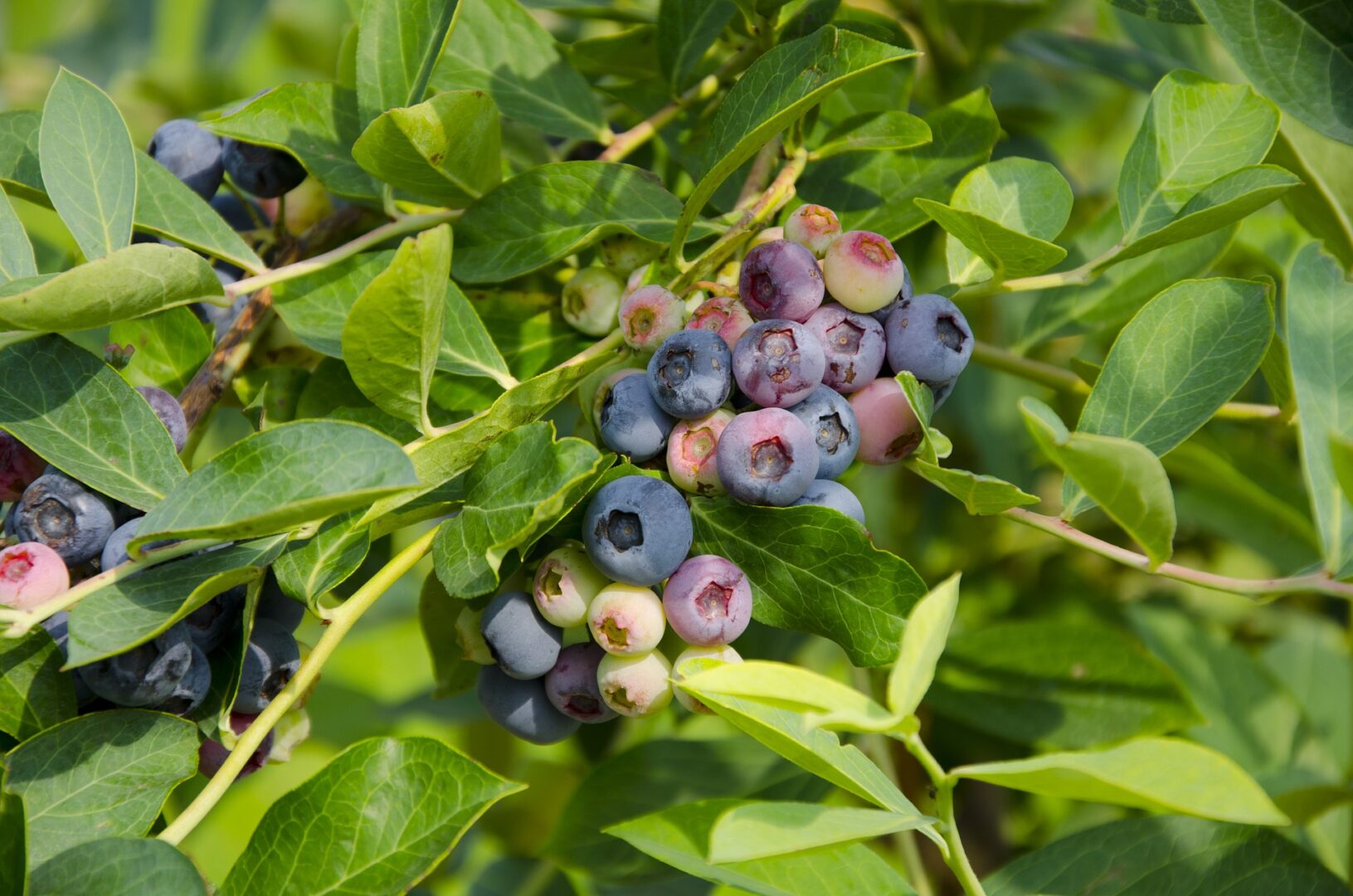Here we are in mid-January after having some of the coldest days on record for the Richmond area. It is hard to want to get outside in the gardens with this type of weather. The best strategy is to stay inside where it is warm and contemplate how you want to garden this year.
One of the increasingly popular gardening trends is growing your own fruit. If you think about it, it only makes sense. You have complete control over what you want to grow and how it is grown. It is not that difficult to grow small fruit organically if you choose to go this route. And, it should come as no surprise that homegrown fruit is far superior to that bought from the grocery store because it is fresher and does not have to travel.
So, if I have your attention now on growing small fruit, here are some tips and thoughts to consider as you make your plans. Remember the rule of “the right plant in the right place” to maximize plant vigor and health throughout the years to come. Consider soil, amount of sunlight, space and size, hardiness zone, drainage, exposure, and soil pH. Don’t forget to take into consideration the final size of the small fruit shrub or tree will become at maturity. Let me stress foremost that most small fruit requires full sun.
Now, what type of small fruits to consider growing? Here is my short list of favorite and easy to grow fruit shrubs and small trees.
Consider growing blueberries. Blueberries have become very popular because of all the health benefits of eating blueberries. They grow well in acidic soil conditions, which is what we have in this area. Blueberries are considered easy and low maintenance. Matter of fact, I am using one blueberry shrub in the front of my house as part of my landscape. Blueberries have small flowers in the spring followed by the fruit. And, blueberries have beautiful fall leaf color.
Another small fruit that is popular and easy to grow is the Goji berry. Goji berries have been around for thousands of years in China but have had a resurgence of popularity in America because of the health benefits of consuming goji berries in our diet. The plant produces bright purple flowers in the spring followed by berries that start out as orange in color and then ripen to a bright red. The fruit taste like very sweet cherry tomatoes. You can add the berry to soups and salads or you can make goji juice.
If you have room for a small tree then consider growing a dwarf sour pie cherry tree. Sour pie cherry trees are self-pollinating and one of the least maintenance fruit tree that you can grow. Most sweet cherry trees need pollination and more than one tree to produce. Small white flowers in the spring are followed by the developing fruit in mid-summer. A dwarf cherry tree can grow to be 10’ to 15’ tall and wide so be sure to give this tree its needed space to grow and develop.
Fig trees, such as the Brown Turkey Fig or the Celeste Fig, are among the easiest of fruit trees to grow. If you want to consider planting a fig tree then be sure to plant it in a protected area that will give it some shelter from the cold winter winds. People love to pick and eat ripened figs right off the tree or they will use the figs to make jams or jellies.
My last small fruit for you to consider growing in your landscape are the blackberries and raspberries. Be sure to take in consideration of the size and width of these plants. Both as easy to grow. They come in thornless varieties now. Blackberries and raspberries can be eaten right off the shrub or used in making fresh pies, jams, jellies, etc.
So, as we stay indoors where it is warm, give some thought as to where you may want to plant some small fruit this spring. All it takes is a little education, some creativity and some wiliness to think outside of the box when it comes to adding small fruit to your landscape.
HAPPY GARDENING !!!!!


When is the earliest blueberry plants can be planted, late February, early March or late March?
What is the best way to prepare the soil? What amendments should be added to the soil?
I will be planting 3 different varieties of 3 blueberry plants. What varieties of blueberry plants would you suggest?
Willie,
Good Morning. Even though it is mid-January our soil is still soft and “plantable”. Matter of fact, we just brought in a few blueberries this past week and have sold a few over the weekend. The best soil amendment is to add compost and organic matter. We have 6 different varieties of blueberry plants right now. Come see us soon when you are ready to plant. Doug